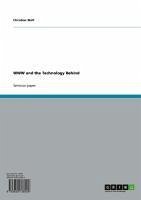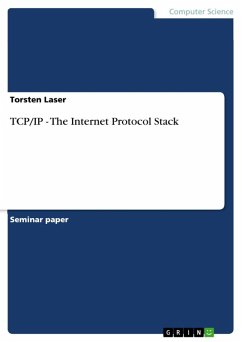With the middle of the 1990s an army of acronyms started to conquer the world. Any combination of three or four letters seemed to have a high tech meaning; HTTP, FTP, ASP, PHP, SMTP, POP and many more. One was, and still is, virtually everywhere to be found: WWW. After some time, most people realized that they all had something to do with a network of computers spanning the globe, the Internet. But what are they really about and how does the Internet work, anyway? It is the purpose of this paper to shed some light on the meaning of some of these acronyms. It is an introduction to the technologies that can be seen as the technological basis of the Internet and its most prominent application, the Worldwide Web a.k.a. the web or WWW. Priority will be given to technologies that are widely used and are considered to be of importance for the future development of the web. Starting with the protocols that govern information exchange over the internet, namely the Hypertext Transfer Protocol, the Simple Mail Transfer Protocol, and the Post Office Protocol, this paper will continue by giving a short introduction to current additions to HTML, "the web's language". A description of basic HTML is left out deliberately, as very profound and complete literature on this subject is already available in great numbers. A section on ways to dynamically create web pages will be ultimately followed by an introduction to internet security issues and available technologies for data protection, namely SSL, HTTPS, S-HTTP, and IPsec.
Dieser Download kann aus rechtlichen Gründen nur mit Rechnungsadresse in A, B, BG, CY, CZ, D, DK, EW, E, FIN, F, GR, HR, H, IRL, I, LT, L, LR, M, NL, PL, P, R, S, SLO, SK ausgeliefert werden.









